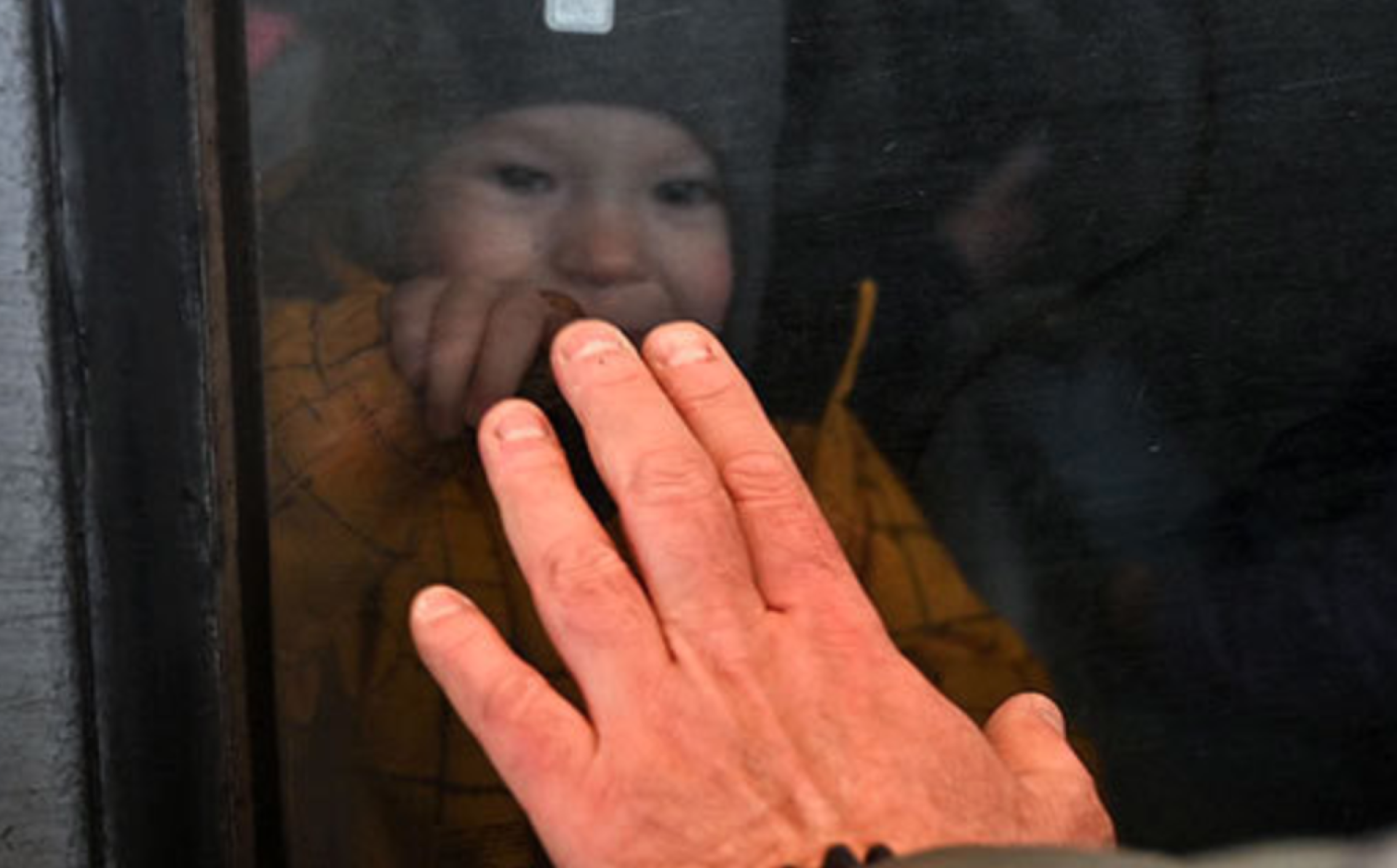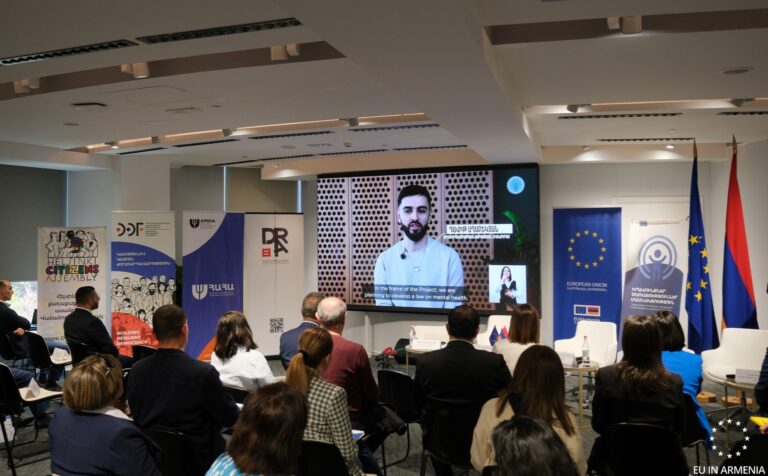
‘The greatest supply shock since at least the early 1970s’: EBRD says war on Ukraine to cause major growth slowdown
The war on Ukraine will have a severe effect on economies far beyond the immediate area of the conflict, according to new research from the European Bank for Reconstruction and Development (EBRD).
In its first economic forecast since the war began, the EBRD has cut its growth forecast for 2022 for the regions where it operates by more than half – to 1.7 per cent, down by 2.5 per cent on its previous forecast. It forecasts sturdier growth across its regions of 5 per cent in 2023.
Describing the effects of the war as “the greatest supply shock since at least the early 1970s”, the Bank predicts that the increased cost for commodities such as food, oil, gas and metals will have a profound impact on economies, particularly those in lower income countries. The EBRD reminds that Russia and Ukraine supply a disproportionately high share of commodities, including wheat, corn, fertiliser, titanium and nickel.
Although a high degree of uncertainty remains, it is clear that many economies will be severely hit and that some will suffer more than others. For example, the EBRD expects Ukraine’s GDP to fall by 20 per cent this year instead of growing by 3.5 per cent. Russia’s GDP will fall by 10 per cent instead of growing by 3 per cent.
The EBRD also predicts pressure on Caucasus and Central Asian currencies as markets overestimate geopolitical risks and hit tourism in many countries, including Armenia and Georgia.
The report also examines the potential consequences of the greatest forced displacement of people since the Second World War in Europe.
According to the EBRD, skilled workers from Ukraine may provide a boost to some economies in the longer term, particularly in countries with ageing populations. In the short term, economies are facing fiscal pressures and administrative challenges as they scale up the provision of housing, healthcare and schooling.
The EBRD forecasts assume that a ceasefire is brokered within a couple of months, followed soon after by the start of a major reconstruction effort in Ukraine, which will bring GDP by end-2023 back close to, but still below, pre-war levels.
Sanctions on Russia are expected to remain for the foreseeable future, condemning the Russian economy to stagnation in 2023 (after a sharp GDP drop in 2022), with negative spillovers for a number of neighbouring countries in eastern Europe, the Caucasus and Central Asia.
With so much uncertainty, the Bank intends to produce a further forecast in the next couple of months, taking into account further developments.
Find out more
EBRD to close its offices in Moscow and Minsk
EBRD unveils €2 billion resilience package in response to the war on Ukraine
MOST READ
SEE ALSO

EU allocates extra €10 million to support researchers from Ukraine under Horizon Europe

EU-Armenia Roadmap to open new opportunities in international cultural relations and diplomacy

EU, UNDP and Japan donate equipment for debris and municipal waste management in Ukraine

EU launches initiative to support mental health in Armenia

EU, UN and Austria launch new project to improve air quality in Georgia
More campaign pages:
Interested in the latest news and opportunities?
This website is managed by the EU-funded Regional Communication Programme for the Eastern Neighbourhood ('EU NEIGHBOURS east’), which complements and supports the communication of the Delegations of the European Union in the Eastern partner countries, and works under the guidance of the European Commission’s Directorate-General for Neighbourhood Policy and Enlargement Negotiations, and the European External Action Service. EU NEIGHBOURS east is implemented by a GOPA PACE-led consortium. It is part of the larger Neighbourhood Communication Programme (2020-2024) for the EU's Eastern and Southern Neighbourhood, which also includes 'EU NEIGHBOURS south’ project that runs the EU Neighbours portal.

The information on this site is subject to a Disclaimer and Protection of personal data. © European Union,







